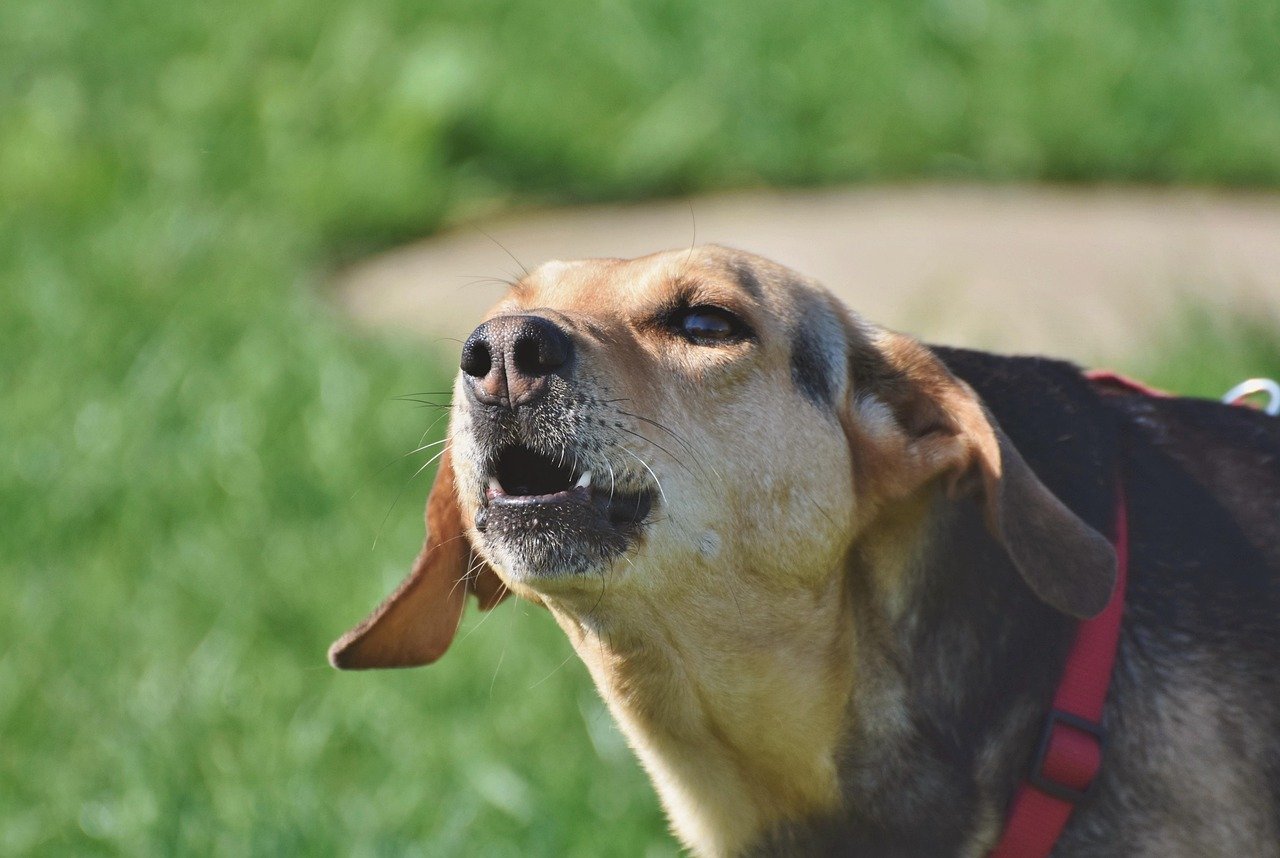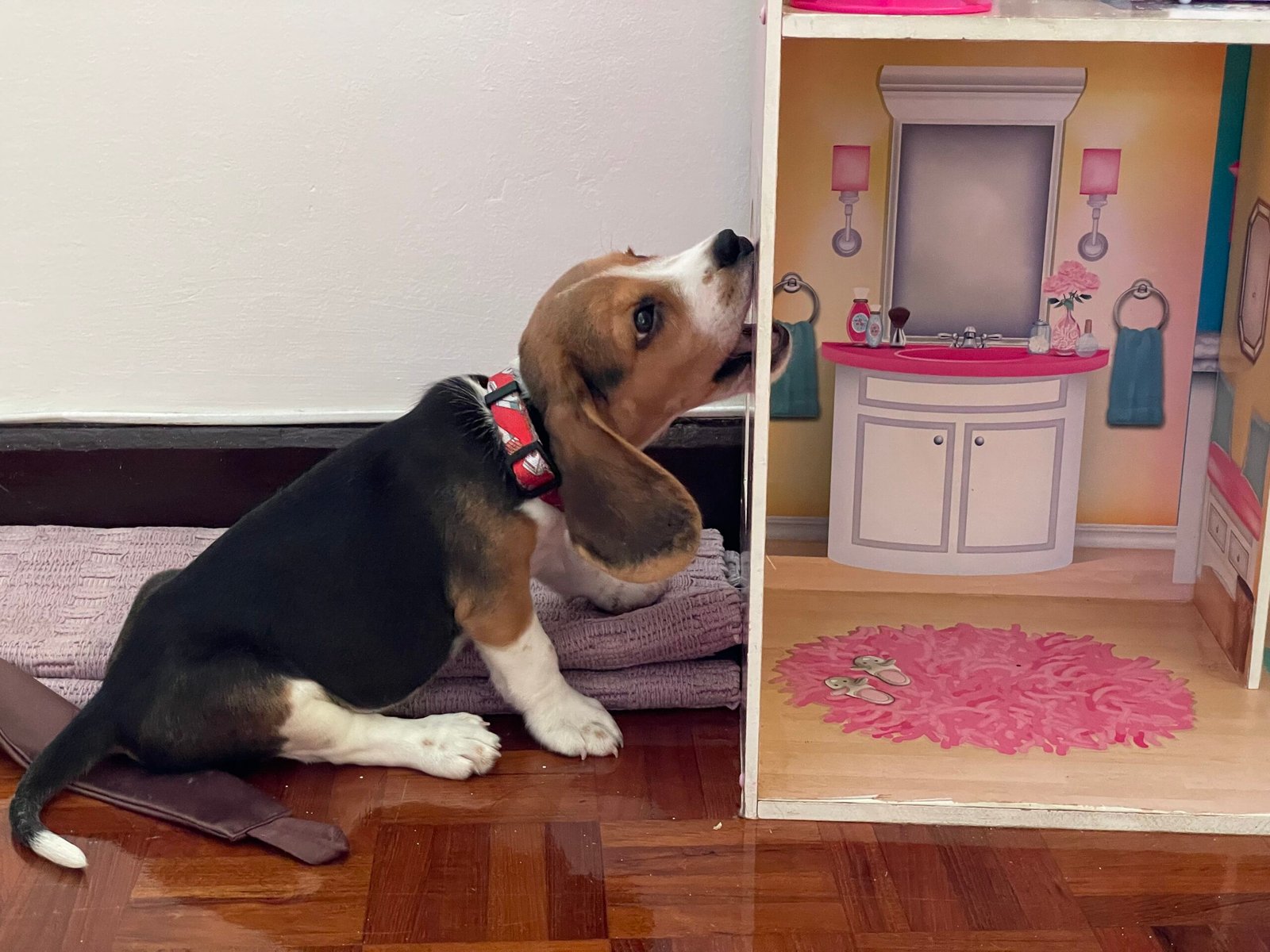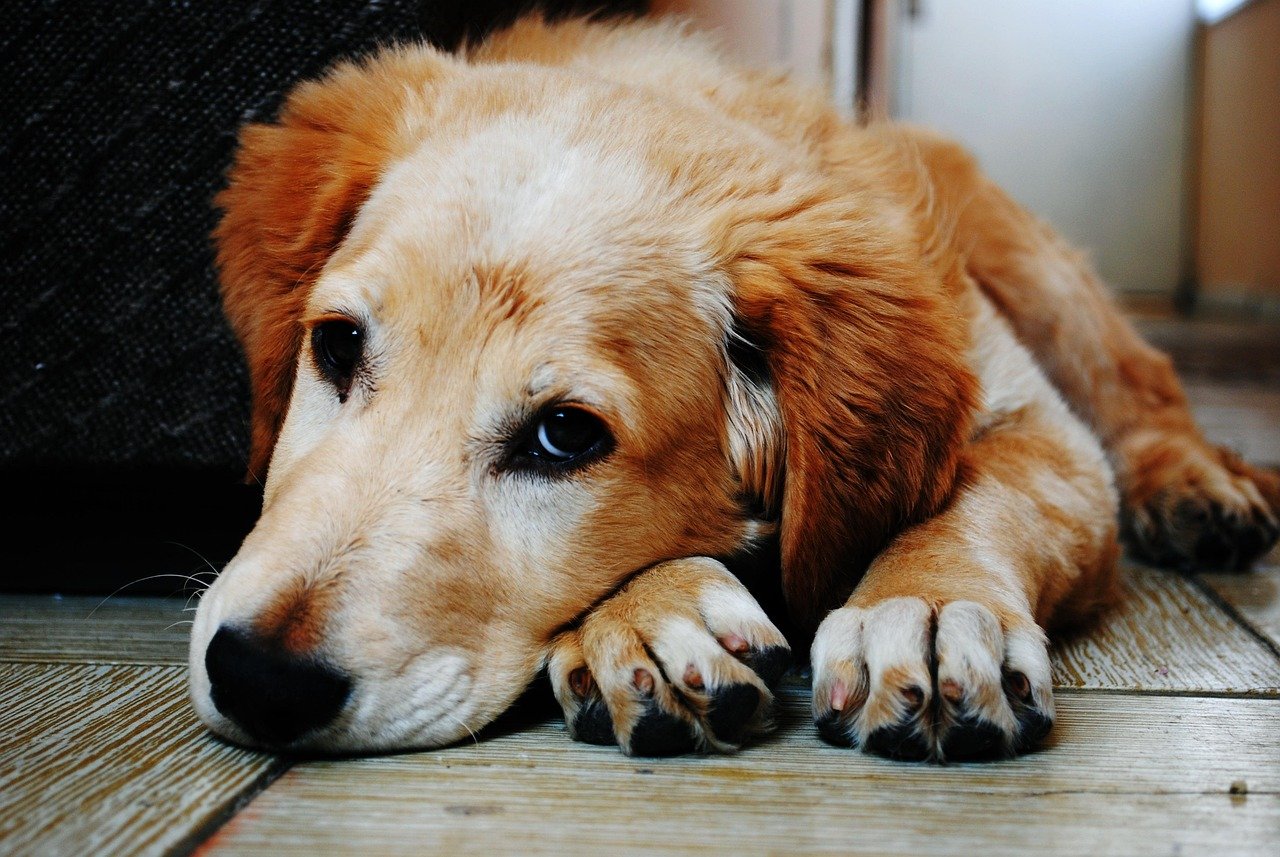Have you ever looked into your dog’s eyes and wondered if they’re truly happy, or if something is missing from their life? Dogs are famously loyal and loving, but even the happiest pup can sometimes feel lonely when left without a friend of their own kind. It’s a surprising truth: while we humans adore our dogs, sometimes the best thing for their hearts is another wagging tail in the house. If you’ve ever felt a pang of guilt when leaving your pup alone or noticed a sudden change in their mood, you might be witnessing the silent plea for a canine companion. Let’s unravel the heartfelt signs that your dog might be wishing for a four-legged friend to share life’s adventures.
Noticeable Changes in Behavior
Dogs are social animals by nature, and many thrive with the company of other dogs. But how do you know if your dog might benefit from a canine companion? While some dogs are perfectly content as the only pet in the household, others may exhibit behaviors that suggest they’re longing for the friendship and playfulness of another dog. Whether it’s increased loneliness, excessive energy, or signs of boredom, there are several indicators that your dog might need a buddy to share their life with.
One of the clearest signs your dog may crave a companion is a sudden shift in their usual behavior. You might notice your once playful dog becoming lethargic or withdrawn, spending more time alone than usual. Sometimes, dogs act out by chewing furniture or barking excessively, almost as if they’re calling out for attention. These changes aren’t always about boredom—they can be a cry for companionship. Just like people, dogs thrive on social interaction, and when it’s missing, their whole demeanor can change. If these behaviors appear without any clear cause, it could be your dog’s way of saying, “I need a friend.” It’s important to pay attention to these subtle messages and consider what they might mean for your furry companion’s emotional well-being.
Excessive Barking or Whining

Have you been noticing your dog barking at every little sound or whining constantly, even when you’re at home? Dogs often use their voice to express their feelings, and loneliness can make them more vocal. This isn’t just about wanting treats or belly rubs—it can be a deeper, persistent need for company. Dogs are pack animals at heart, and when they feel isolated, their instincts push them to call out, hoping for a response. If your dog’s barking or whining seems to be ramping up, especially when left alone, it could be a plea for a companion. Sometimes, the addition of another dog can quiet these vocal outbursts, giving your pup the comfort of knowing they’re not alone.
Destructive Chewing or Digging

It’s a scenario dog lovers know all too well: you come home to find chewed shoes, shredded cushions, or holes dug in the backyard. While this can sometimes be due to boredom or a lack of exercise, it’s also a sign your dog is coping with loneliness. When left alone, dogs may channel their pent-up energy into destructive behaviors simply because they have no one to play with or share their time. The presence of a friendly canine companion can reduce these destructive habits, turning that restless energy into joyful playtime. If your dog’s destructive tendencies are getting worse, it could mean they’re longing for a friend to keep them entertained and happy.
Clinginess and Over-Attachment
Some dogs become overly attached to their humans when they lack the company of another dog. You might notice them following you from room to room, refusing to let you out of their sight, or becoming anxious if you leave the house—even for a short time. This clinginess is more than just affection; it can be a sign they feel insecure or alone. Dogs who become “velcro dogs” often do so because they’re missing the comfort that comes from having a constant companion by their side. Adding another dog to your home can help ease this anxiety, giving your pup the security of a friend who’s always there, even when you’re not.
Lack of Interest in Usual Activities

Every dog has its favorite activities, whether it’s chasing a ball, going for walks, or simply lounging in the sun. But if you notice your dog losing interest in things they once loved, it could be a red flag. A sudden disinterest in play, less excitement for walks, or ignoring favorite toys can all point to loneliness. Dogs are social by nature, and without a buddy to share experiences with, their world can feel small and dull. Sometimes, the spark returns almost immediately when a new canine friend enters the picture, bringing back the joy of shared adventures and playful mischief.
Restlessness or Pacing
Does your dog seem unable to settle, pacing the house or yard as if searching for something—or someone? Restlessness can be a clear sign that your dog is yearning for more social interaction. When dogs don’t have another animal to engage with, they may wander aimlessly, looking for company or stimulation. Imagine being home alone with nothing to do and no one to talk to; it’s not hard to see why your dog might feel restless. Introducing another dog can provide the companionship and mental stimulation they need, letting them relax and feel at home.
Depression or Lethargy
Just like humans, dogs can experience depression. If your dog seems down, sleeps more than usual, or shows little enthusiasm for anything, loneliness might be the cause. It can be heart-wrenching to see your beloved pet lose their zest for life. Dogs are emotional creatures who crave connection, and without a fellow canine, they might feel isolated or sad. You might notice them sighing, lying with their head between their paws, or staring out the window for long periods. A canine companion can lift their spirits, encouraging them to play, explore, and love life again.
Overeating or Loss of Appetite
Changes in eating habits can also signal emotional distress in dogs. Some pups may eat more than usual, searching for comfort in their food bowl, while others might lose interest in eating altogether. Both extremes are cause for concern, especially if other signs of loneliness are present. Dogs often mirror the emotional struggles of humans, including using food as a coping mechanism. If you’ve ruled out medical causes, consider if your dog might simply be missing the joy and excitement that comes from sharing meals and treats with a canine buddy.
Excitement When Meeting Other Dogs
Does your dog light up with joy whenever they see another dog? Maybe they pull on the leash, wag their tail furiously, or bark with excitement at the sight of a fellow pup. This enthusiastic reaction can be a big clue that your dog is craving more canine interaction. While some dogs are naturally social, an over-the-top response to every dog they encounter may indicate they’re starved for companionship. If your pup seems happiest when in the company of other dogs, it might be time to consider adopting a second furry friend.
Seeking More Attention from You
Lastly, pay attention to how much your dog is demanding your attention. Are they constantly nudging your hand, climbing into your lap, or trying to initiate play at all hours? While it’s adorable to have a loving, affectionate dog, a sudden increase in these behaviors can signal loneliness. Your dog may be trying to fill the gap left by the absence of another dog. By bringing a new canine companion into your home, you can help balance their need for interaction, giving them the joy of a true friendship—one that only another dog can provide.

Esther is from India; the heartbeat of South Asia, holding a Master’s degree in Zoology and a postgraduate diploma in Animal Welfare. Her enthusiasm for animal welfare drives her passion and dedication to working for animals, ensuring their well-being, and advocating for their rights. With a solid academic background and hands-on experience, she is committed to making a positive impact in the field of animal welfare. In her free time, she enjoys embroidery and sewing. As a Chennaite from Tamil Nadu, Esther loves Bharathanatyam, an Indian classical dance form.





